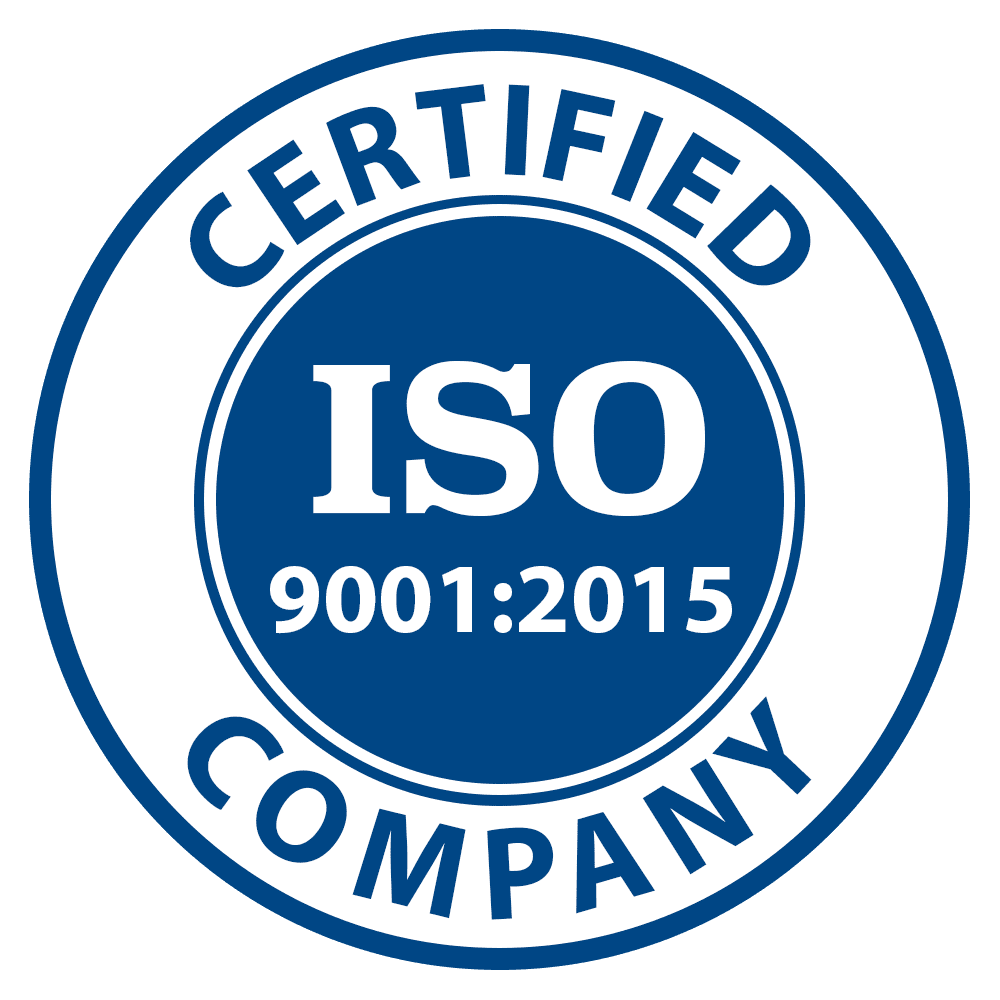
The Strategic Shift: Why American Manufacturers Are Bringing Tooling Back Home
As we move into 2025, American manufacturers are rethinking their tooling supply chains. The combination of rising international tariffs, unpredictable geopolitical events, and extended lead times has created a compelling case for domestic tooling production. This shift isn’t just about avoiding costs – it’s about building resilient, sustainable manufacturing operations.
The True Cost of Overseas Tooling
While overseas tooling may appear cost-effective on paper, manufacturers are discovering hidden expenses that impact their bottom line:
- Escalating tariffs that can significantly increase total costs
- Lengthy lead times affecting production schedules
- Quality control challenges requiring extensive monitoring
- Communication barriers leading to costly mistakes
- Intellectual property concerns
- Complex logistics and shipping delays
The Domestic Advantage
American manufacturers are finding that domestic tooling partners like Boehm Pressed Steel offer distinct benefits:
- Predictable pricing without tariff surprises
- Faster development and production cycles
- Direct communication with tooling experts
- Enhanced quality control through closer collaboration
- Protected intellectual property
- Simplified logistics and reduced transportation costs
Building Supply Chain Resilience
The past few years have taught us that supply chain stability is crucial for business success. Domestic tooling production offers:
- Greater control over production timelines
- Flexibility to make quick design adjustments
- Reduced risk from global disruptions
- Easier inventory management
- More reliable delivery schedules
The Economic Impact
Onshoring tooling production does more than benefit individual companies – it strengthens American manufacturing as a whole:
- Creates skilled manufacturing jobs
- Supports local economies
- Develops domestic expertise
- Encourages innovation in U.S. manufacturing
- Strengthens national security through industrial capability
Making the Transition
For manufacturers considering the switch to domestic tooling, consider these steps:
- Assess your current tooling costs, including tariffs and delays
- Evaluate domestic manufacturing partners’ capabilities
- Plan for transition periods to maintain production
- No need to start from scratch, Boehm will work with your existing tools
- Document cost savings and operational improvements
Looking Ahead
As global trade continues to evolve, manufacturers who invest in domestic tooling partnerships position themselves for greater stability and success. The initial investment in American-made tooling often pays for itself through reduced tariffs, better quality control, and more reliable production schedules.
Now is the time to evaluate your tooling strategy and consider the benefits of partnering with Boehm, right here in the USA.
Get in touch with our team.
Other content from Boehm you’d enjoy:
Follow us on LinkedIn for more updates!


